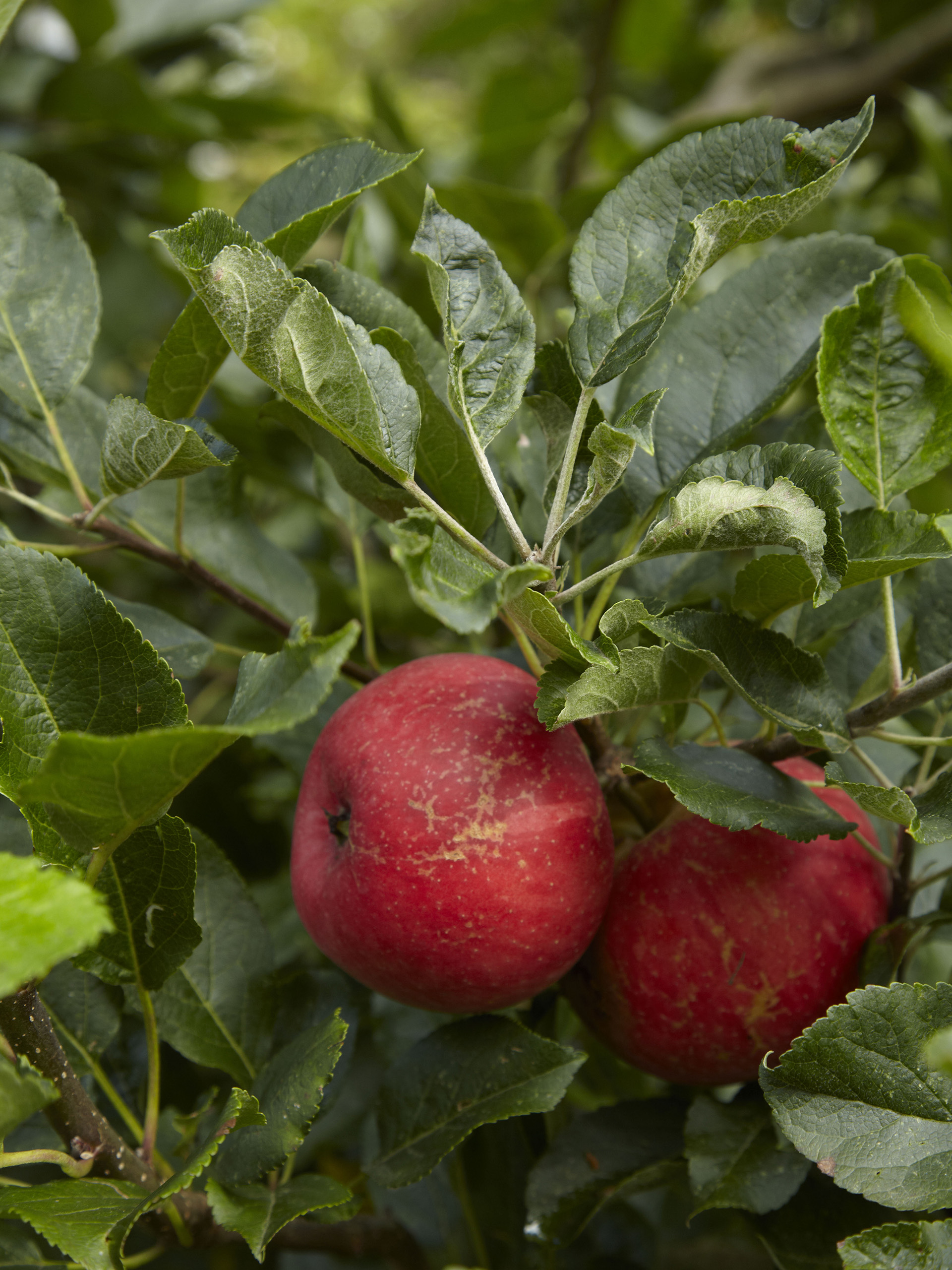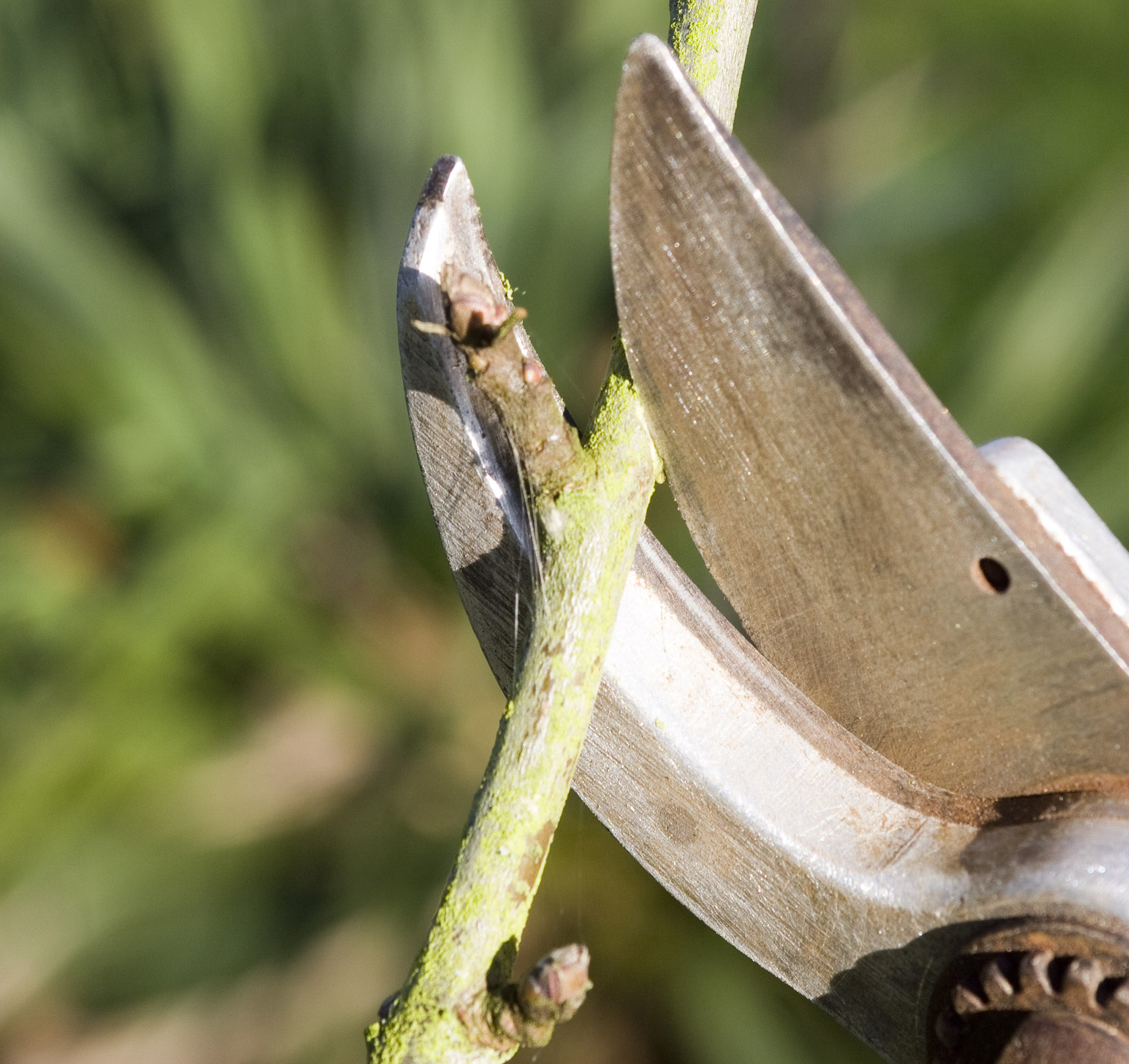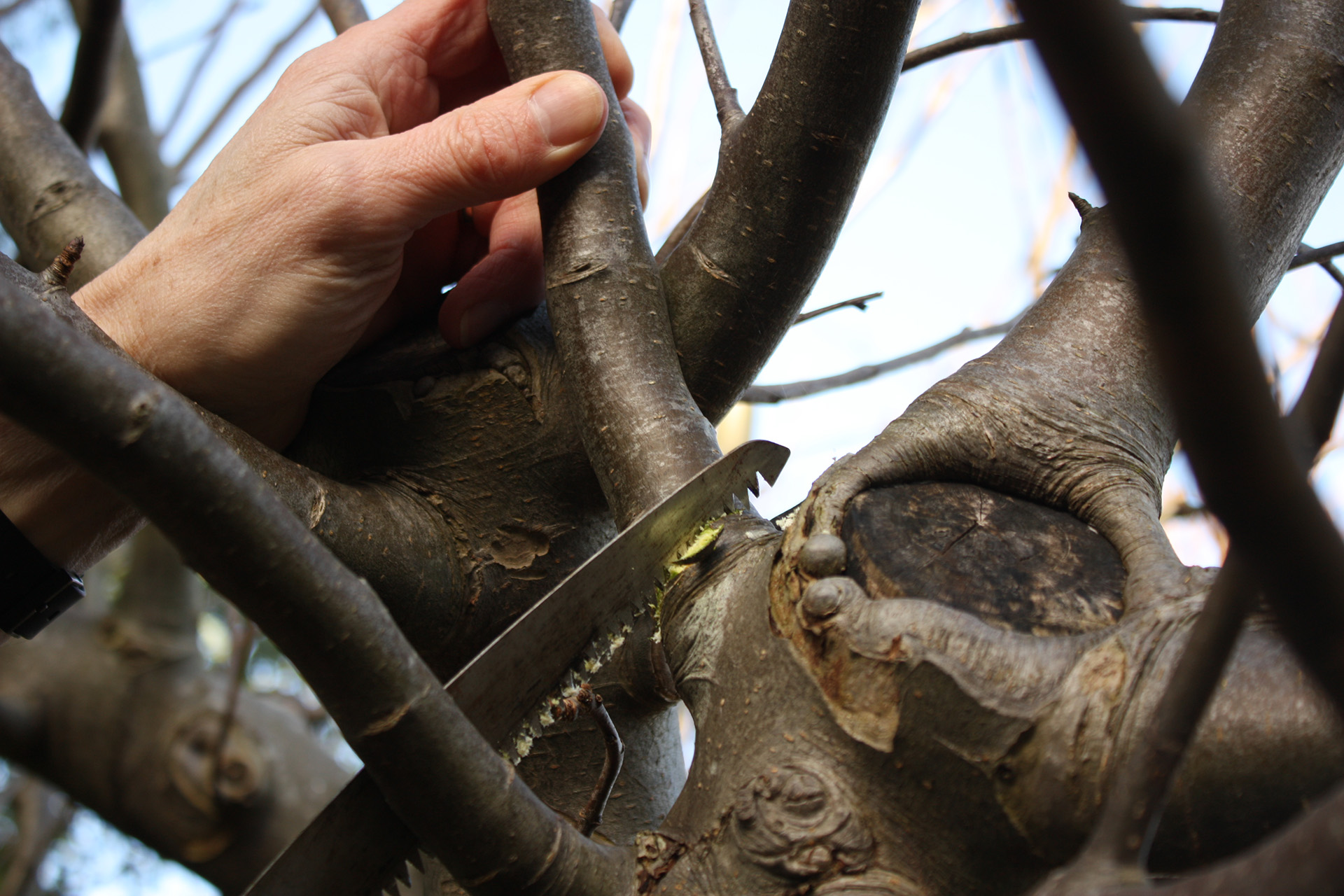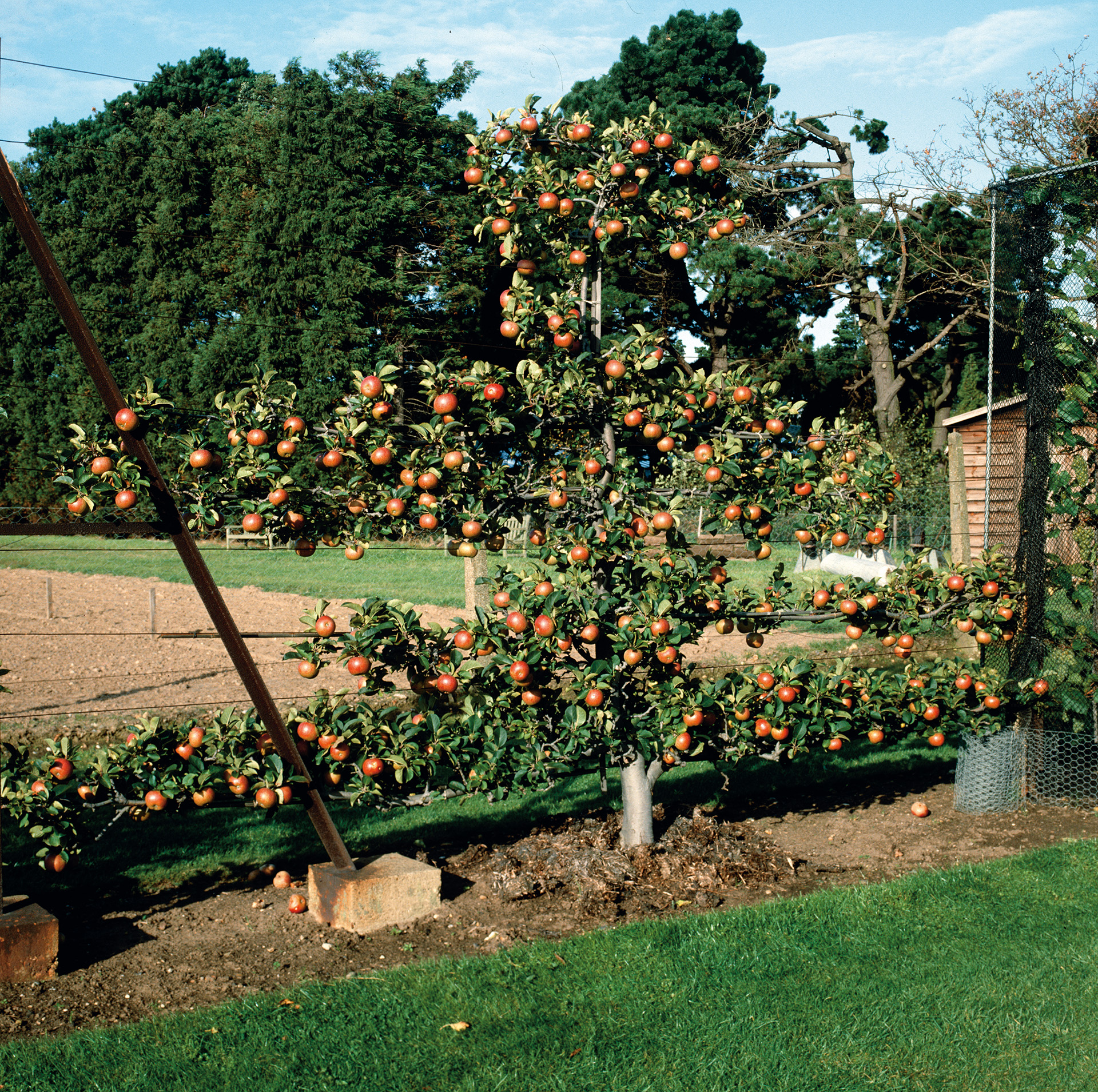How to prune an apple tree – and when to do it
Keep apple trees in great shape to improve your harvest. Find out how to prune an apple tree with advice from experts


It’s important to know how to prune an apple tree and when to do it to maintain healthy growth and good fruit production. Whether you have just one apple tree, or a whole orchard, if you establish the right pruning routine you will have well-shaped, healthier trees, and thus a better harvest.
If an apple tree is allowed to get too far out of shape its branches may weaken to the point where they won’t be able to support the weight of the apples. An overgrown tree with too many dense branches won’t allow the air and light to reach the fruit and could therefore be vulnerable to disease – not something you want amongst your kitchen garden ideas.
When should apple trees be pruned?
The decision of when to prune an apple tree depends on the type of apple tree, and your reasons for pruning it.
On the subject of when to prune, Matt Hartline ISA Board Certified Master Arborist and partner at Bill Miller & Associates says, ‘The latter part of the dormant season (late January to early March in the North Eastern US) is the best time to handle the most aggressive pruning work. Subsequent work during the growing season tends to be more gentle and aesthetic in nature. Late summer pruning to lighten dense areas can help prevent heavy limbs from snapping.’

Tools needed to prune an apple tree

- A ladder.
- Hand pruners or secateurs, for thinner branches.
- Loppers to cut branches that are about 1in thick.
- Pruning saw to cut branches 3in thick and above.
Before you start to prune an apple tree

Before you start to prune an apple tree, take a good look at it from all angles to assess its existing shape. Have an idea of which branches you want to prune before touching them with any blade. You could even mark them with paint, ribbon or garden string to help you envisage the desired shape. You are looking to establish a strong framework of branches.
From the tree trunk, central lead branches grow, and from these smaller, thinner ‘scaffold’ branches form. These scaffold branches should be evenly spaced and shouldn’t cross one another. You should be aiming for a pyramid or cone shaped crown, with a wider spread of branches at the bottom of the crown, tapering to a narrower point at the top. This is so that light can get to the whole tree and the upper branches don’t shade the lower ones.
How to prune an apple tree – step-by-step

When you prune an apple tree in winter you’re doing it to improve growth and ensure it keeps a good shape.
Design expertise in your inbox – from inspiring decorating ideas and beautiful celebrity homes to practical gardening advice and shopping round-ups.
Mark Gutierrez, co-owner of Gutierrez & Sons Tree Service has the following advice: ‘To choose where to cut, be sure that you understand the locations of growth buds and that you keep buds that look like they will grow to support the integrity of the tree.
'When you select a bud to keep, cut the branch just beyond it at a 10 or 2 o’clock angle for optimal effect. If you are not sure where to or how to cut safely, do not be afraid to contact a professional tree pruning service. It is better to be overly careful first to avoid long-term damage to your trees.'
Matt Hartline adds, ‘Basic corrective pruning is an important aspect of training a young tree to have good form. This consists of removing superfluous and contrary interior growth along with removal of large deadwood and damaged/declining branches.
'Another objective of corrective pruning is to eliminate rubbing branches which chaff and lead to decay. Prune away the watershoots that are growing along the trunk and near the origin points of large limbs. Also remove basal sprouts/ suckers that are emerging from the base of the trees/root stock. Corrective pruning will modestly open the interior of a tree and reveal structural qualities.’
How do you prune an overgrown apple tree?
There is a specific technique for how to prune an apple tree that has not been pruned for a few years or that has been allowed to get out of shape. The key is to prune it a little each year. If you tackle a badly overgrown apple tree by pruning it very hard all in one go it will encourage a lot of new non-productive growth. Instead you will need to gradually get the tree back in shape over the course of a few years.
Certified arborist and horticulturist, Zachary Smith of Smith's Tree, Horticulture & Pest Management favors this more gentle approach to pruning for home or backyard orchardists, and recommends preserving the natural form and beauty of the trees as well as managing for high quality, nutrient dense apple production for home use.
In his opinion, ‘the heavy pruning that is common to most fruit tree care is unnecessary and overly destructive to the tree’s long term viability,' he says. 'I espouse a more delicate and aesthetic pruning method for fruit trees. The best management practices for all tree pruning apply to apple trees, including the 25% rule: don't remove 25% of photosynthetic capacity at any given pruning. Best to go gentle in your annual pruning cycle and leave the tree with lots of room to grow leaves.
'Big heading cuts remove tons of buds and the tree can only respond with vigorous shoot growth often called water sprouts. With moderate pruning, along with good soil and water management, you will likely get more fruit than you can use, preserve and gift to friends.’
How to prune cordon, espalier and fan apple trees

These stylized, trained forms of apple trees have become very popular in private gardens, having in the past been mainly found in the walled gardens of stately homes and manor houses.
Matt Hartline explains, ‘Apple trees lend well to be trained to espalier, Belgian fences and stepovers forms. The common denominator for each of these features is to suppress vertical growth and accentuate horizontality.
'To achieve best results, begin training when trees are saplings. Directional pruning, coated copper wire supports, the use of weights, lattice work and trellises can all help to guide plants toward the desired vision. Espaliers, Belgian fences and stepovers generally require multiple pruning sessions per year.’
TV gardening expert Monty Don writes about summer pruning espalier-type apples in his blog and suggests that July pruning is a good option: ‘Unless you are training a particular new shoot, remove all this year’s growth back to a couple of pairs of leaves (usually about 2 to 4 inches) being careful not to remove any ripening fruits. If you are training to a particular shape, tie desired but loose growth in as you go.’
Karen sources beautiful homes to feature on the Homes & Gardens website. She loves visiting historic houses in particular and working with photographers to capture all shapes and sizes of properties. Karen began her career as a sub-editor at Hi-Fi News and Record Review magazine. Her move to women’s magazines came soon after, in the shape of Living magazine, which covered cookery, fashion, beauty, homes and gardening. From Living Karen moved to Ideal Home magazine, where as deputy chief sub, then chief sub, she started to really take an interest in properties, architecture, interior design and gardening.
